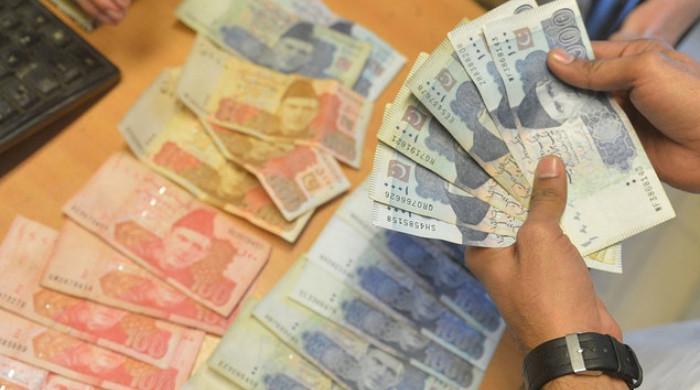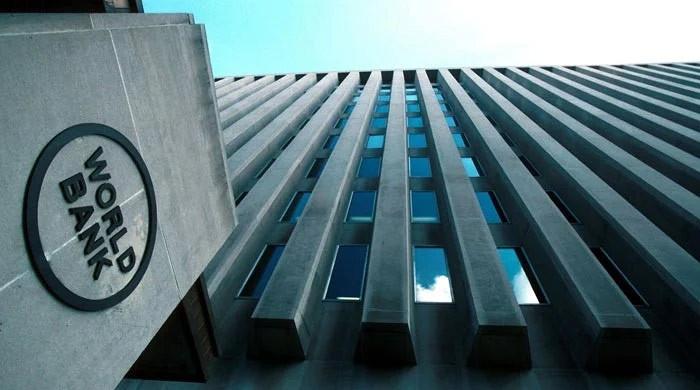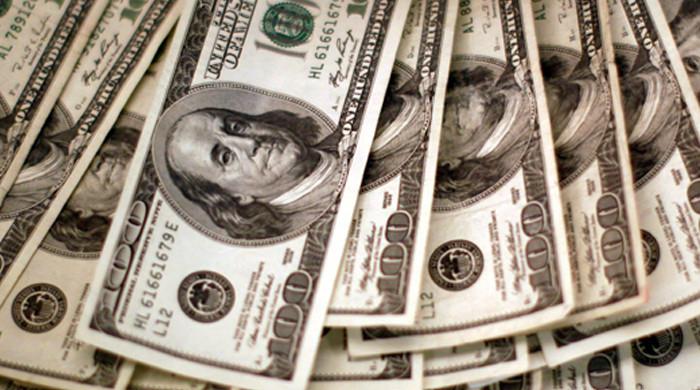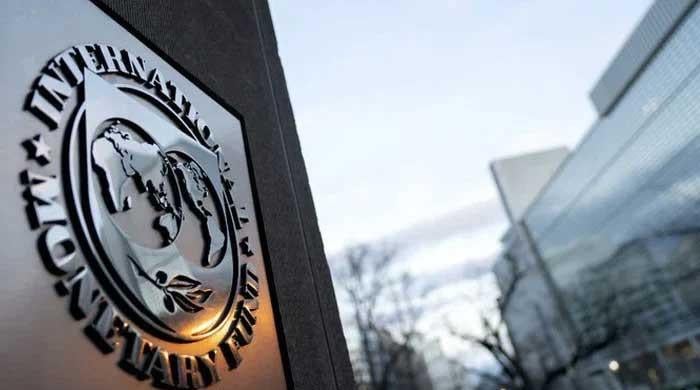Rupee reverses downward slide, gains 94 paisas
Pakistani currency appreciates around 0.56% to close at Rs168.18 against the greenback in the inter-bank on Thursday
September 16, 2021
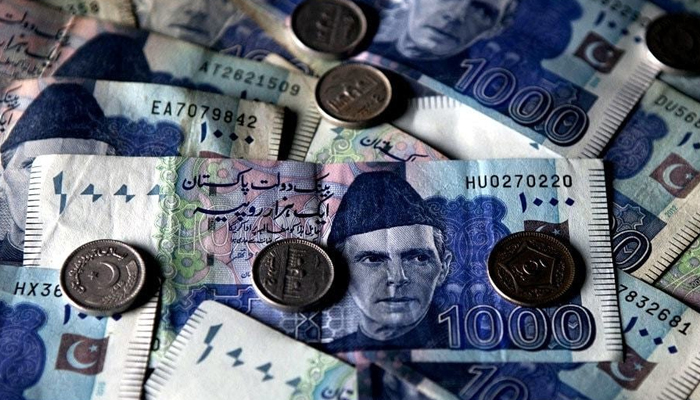
- Local currency appreciates around 0.56% against the greenback on Thursday.
- The rupee lost around Rs1.87 against the greenback during the last five days.
- Since May 14, the rupee has cumulatively lost 9.4%.
KARACHI: The rupee recovered partially around Re1 against the US dollar in the inter-bank market on Thursday.
According to the State Bank of Pakistan (SBP), the local currency closed at Rs168.18 against the greenback, recording a gain of 94 paisas or 0.56%. The rupee closed at an all-time high of Rs169.12 against the US currency on Wednesday.
Arif Habib Limited noted that the local currency lost around Rs1.87 against the greenback during the last five days.
The currency has maintained the downturn since touching a 22-month high of Rs152.27 on May 14, 2021, losing a cumulative 9.4% (or Rs15.91) in the past four months.
The local currency had hit record lows against the dollar this week and many analysts were expecting the dollar to touch Rs170 this week.
However, the rupee did not allow the US dollar a free ride as it managed to recover some early losses versus the dollar today.
The rupee managed to recoup some of the lost ground following suspected dollar selling by the central bank, which not only supported supplies but also provided a sentiment boost.
The SBP’s intervention limited a steeper fall. The rupee rose to Rs167.70 in intra-day trading in the inter-bank market.
It is pertinent to mention here that the central bank had adopted a market-based flexible exchange rate system since June 2019 where the exchange rate is determined by demand and supply conditions.
Earlier, the SBP in its statements many times explained that it could intervene in the market only to prevent disorderly market conditions.




